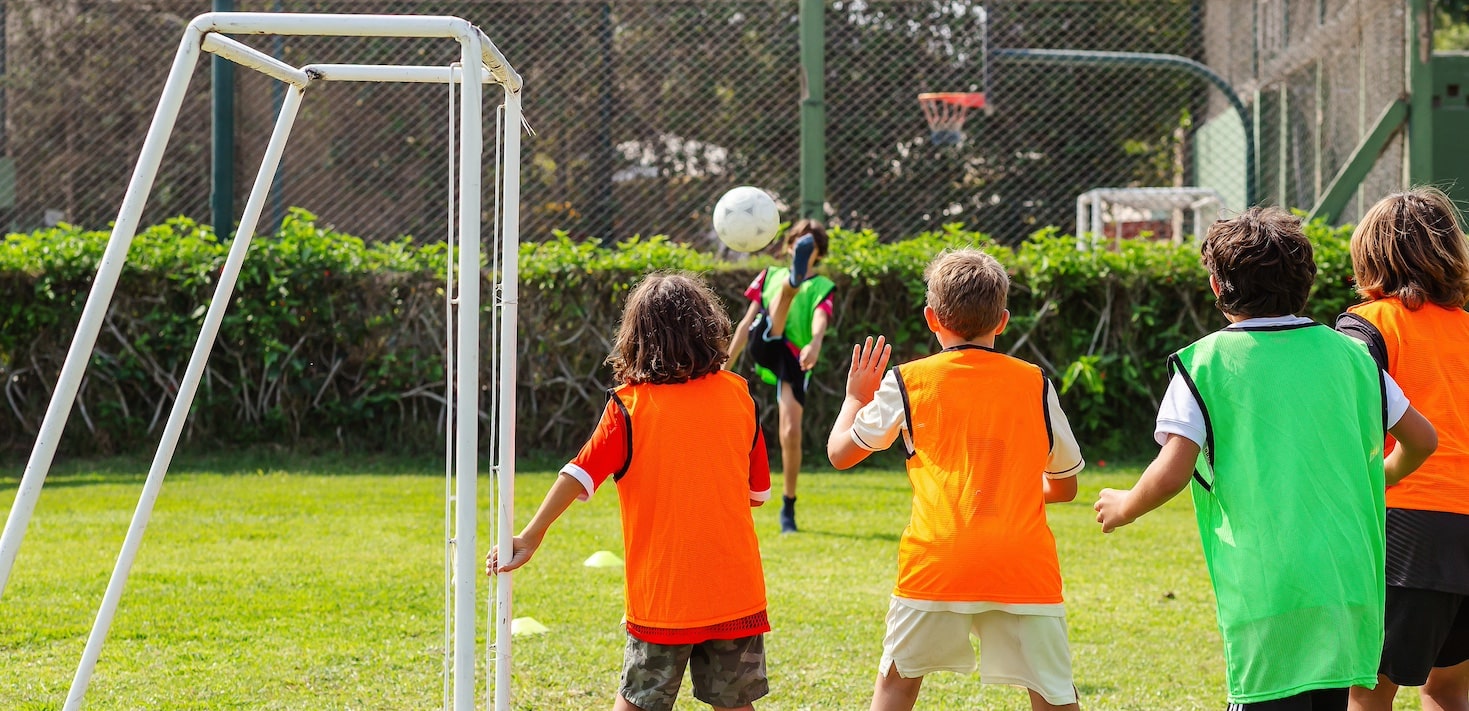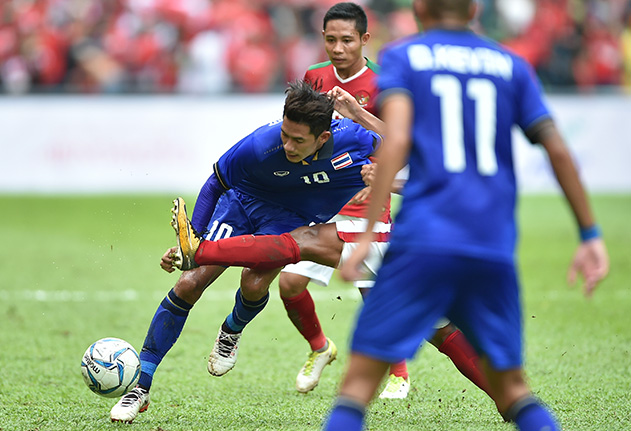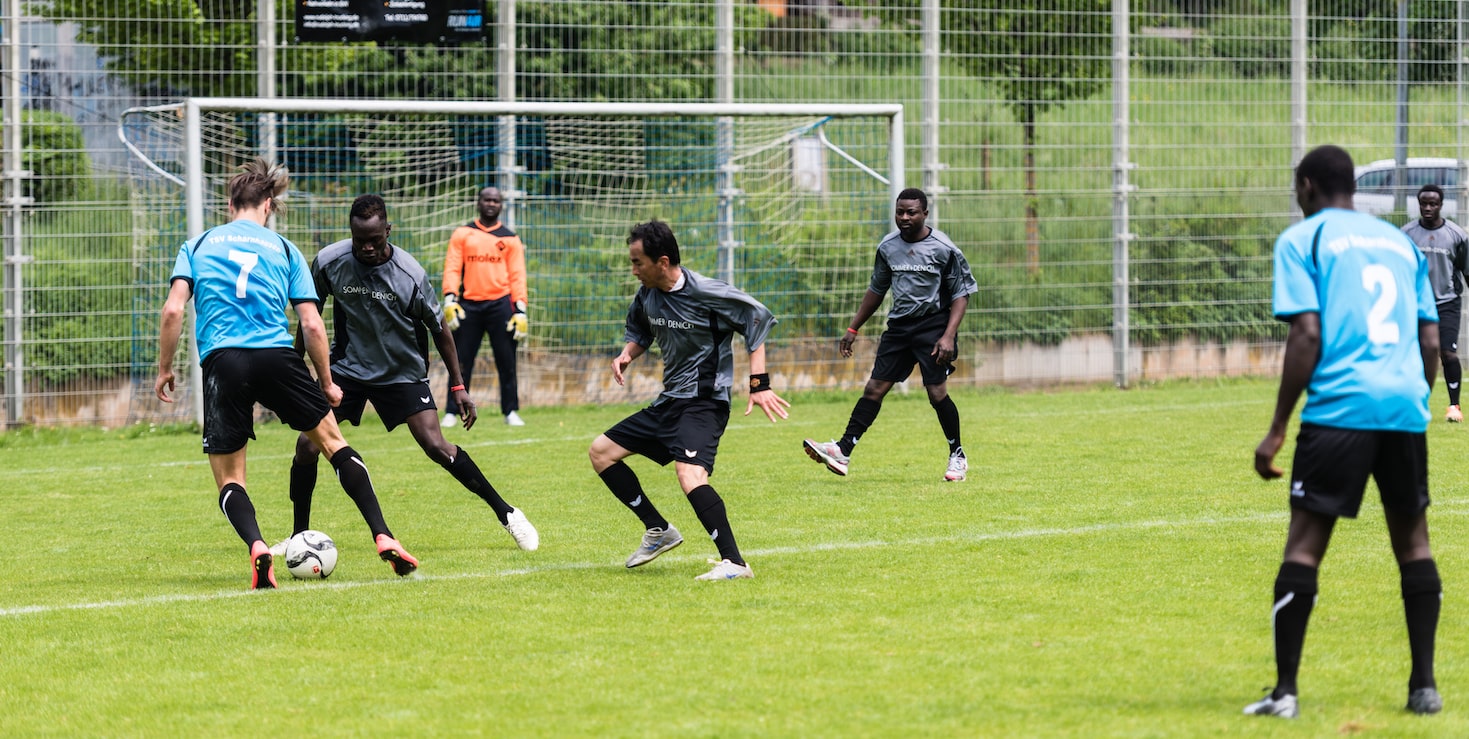
Developing effective attacking play in youth soccer requires more than just flair and talent—it’s about building solid tactical understanding and technical foundations. As coaches, our role is to create environments where players learn how to unlock defences, make good decisions, and combine creatively.
🔑 Tactical Principles of Creating Attacks
1. Width and Depth
Using the full width and depth of the pitch stretches the defence and creates gaps to exploit.
-
Width pulls defenders horizontally, opening central channels.
-
Depth forces defenders to retreat, allowing midfielders more space and time on the ball.
✅ Coaching Tip: Encourage wide players to stay near touchlines and forwards to stretch high. Wingers should resist the urge to come inside too early.
Drill Example:
"Switch the Play 6v6"
-
Set up a 40x30yd pitch with two end zones.
-
Teams can only score once they’ve played the ball through both wide channels.
-
Focus: Switch of play, positioning wide, timing of movement.
2. Creating Overloads
An overload occurs when your team has more players than the opponent in a specific area—usually 3v2 or 2v1 situations.
-
Exploiting overloads allows for quicker decision-making and less pressure on the ball.
-
Wide areas are typically best for creating overloads.
✅ Coaching Tip: Teach players to recognize when a teammate is isolated and when to support to create an advantage.
Drill Example:
"3v2 Wide Overload"
-
On a 25x20yd wide channel, create 3v2 in favour of attackers.
-
The aim is to cross the ball or penetrate centrally.
-
Rotate defenders and attackers every 2-3 minutes.
3. Penetration and Forward Runs
Penetration means breaking lines—by dribbling, passing, or running beyond defenders.
-
Encourage players to run beyond the ball, especially when space is created.
-
Midfielders must recognise when to drive forward into the final third.
✅ Coaching Tip: “If you pass, move. If you see space, exploit it. If a defender turns their back, run behind.”
Drill Example:
"Midfield Third-Man Runs"
-
Set up three zones: defenders, midfielders, forwards.
-
Ball is played into midfield, who pass and run beyond to receive a return ball.
-
Focus: Timing, communication, body shape when receiving.
4. Combination Play
Combining in small groups—through one-twos, overlaps, underlaps, and third-man runs—helps break down compact defences.
✅ Coaching Tip: Play tight drills that force players to combine quickly and make decisions in small spaces.
Drill Example:
"Triangle Rotation Drill"
-
Three players in a triangle, 10-15yds apart.
-
Player A passes to B and overlaps.
-
B lays off to C, who plays A in behind.
-
Rotation continues. Add passive defender for realism.
5. Transition to Attack
Quickly transitioning from defence to attack when possession is won catches opponents out of shape.
-
Teach players to look forward first when winning the ball.
-
Encourage movement off the ball as soon as possession changes.
✅ Coaching Tip: “Win it, find the space, support the ball.”
Drill Example:
"3v2 Transition Game"
-
Small-sided 5v5 game.
-
If the ball is turned over, the winning team gets 5 seconds to attack a 3v2 situation.
-
Encourages fast decision-making and attacking intent.
⚙️ Technical Principles of Creating Attacks
1. First Touch and Ball Mastery
A player's first touch can either create space or kill momentum.
-
Encourage players to take their first touch away from pressure or into space.
-
Drills should reinforce ball control under pressure.
✅ Coaching Tip: Use a mix of passive and active defenders in drills to increase realism.
Drill Example:
"Directional First Touch Box"
-
Grid 20x20yds, players receive a pass and must take a touch away from a cone (representing a defender), then pass to the next.
-
Emphasise back foot, scanning, and movement.
2. Scanning and Awareness
Players need to read the game before the ball arrives. Good decisions start before the first touch.
-
Teach scanning through freeze moments.
-
Use “Check your shoulder” prompts in sessions.
✅ Coaching Tip: Ask players before receiving: “What’s your next move?” “Where’s the space?”
3. Passing and Receiving Skills
Accurate passing under pressure is a non-negotiable.
-
Focus on technique: passing weight, surface, and receiving on the back foot.
-
Use rondos, wall passes, and target games.
Drill Example:
"4 Corner Square Passing"
-
20x20yd square with a player on each corner and one behind.
-
Player passes and follows, new player steps up.
-
Progress to one-two combinations.
-
Encourages movement, timing, and accuracy.
4. Dribbling with Purpose
Dribbling must have intention: beat a player, draw a foul, or create space for others.
-
Teach players to use body feints, protect the ball, and change pace and direction.
-
Promote dribbling in wide 1v1s and central overloads.
Drill Example:
"1v1 to End Zone"
-
15x10yd channel. Player dribbles past defender to end zone.
-
Defender becomes attacker on the next go.
-
Encourage bravery, decision-making, and timing.
5. Finishing and End Product
You can’t create successful attacks without an end product—shot, cross, or final pass.
-
Train finishing from various angles and under pressure.
-
Include rebounds and second balls in shooting drills.
Drill Example:
"Final Third Circuit"
-
Set up 3 stations:
-
Pass and shoot from edge of box
-
1v1 against defender
-
Cross and finish
-
-
Rotate players through all three. Encourage rebounds and follow-ups.
🧠 Coaching Considerations
-
Age Appropriateness: With younger players (U9–U12), focus on simple combinations and spatial awareness. Older players can handle tactical variations and more complex movement.
-
Progressive Complexity: Start unopposed, then add passive defenders, then full pressure.
-
Decision Making > Perfection: Praise good decisions, not just clean technique.
-
Encourage Creativity: Allow players freedom to try different ways to break down defences.
🧪 Example Full-Session Plan: Creating Attacks
Warm-Up (10 min):
-
Ball Mastery Rondo: 5v2, focus on scanning and quick play.
Technical Drill (15 min):
-
Wide Overload 3v2 Drill
-
Switch sides every 2 minutes.
Tactical Game (20 min):
-
Transition Game with End Zones: 6v6 game where goals can only be scored within 10 seconds of regaining the ball.
Finishing Drill (15 min):
-
Final Third Circuit (see above)
Cool Down & Debrief (5 min):
-
Group discussion: “What did you notice when you created space?” “How did it feel to combine for a goal?”


Improve Your GameJust 1.99 p/m
Exclusive drills and sessions, get involved today!
- 100’s of Drills
- Coach to Camera Videos
- Sessions from Pro’s
- Industry Leading Advice
🔚 Final Thoughts
Creating attacking play in youth soccer is about teaching players to be smart, brave, and decisive. Whether it's through clever combinations, wide overloads, or a quick switch in play, these principles build a team that’s dangerous every time they move forward.
As a coach, your role is to bring these concepts to life—not through lectures, but through engaging, progressive, game-based training. With clear structure, patience, and encouragement, you’ll help your players grow into confident, creative attackers.




Cupello
UEFA B Coach, FA Level 3, FA Youth Modules 1, 2 and 3, Coerver Youth Diploma, SPAIN: Catalan Football Federation Smart Football, USA: United Soccer Coaches diploma. Sports journalist for the Sunday Mirror published author of several volumes of coaching books & international lecturer on soccer.